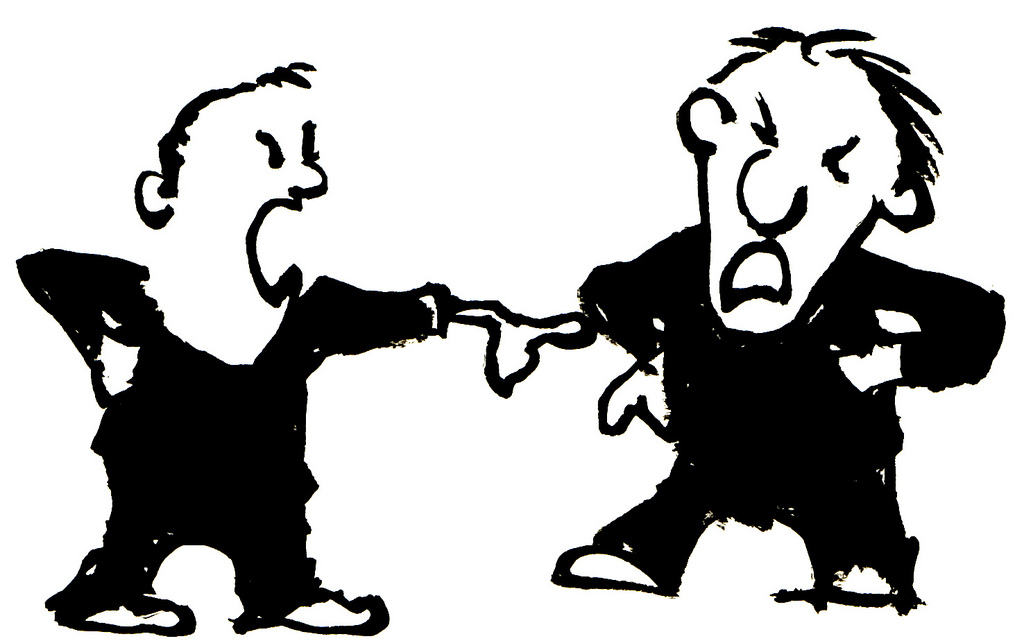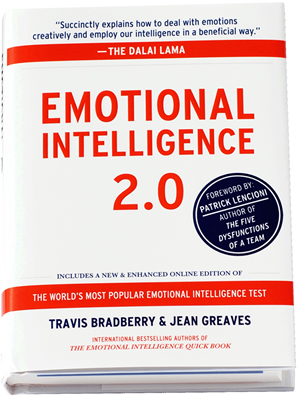
Communication is never perfect. One of my improvement goals for the past 4 years has been the same – improve my communications. Listen better, be more concise, somehow minimize misunderstandings – there is ALWAYS room for improvement.
Having moved around a lot as a child, experiencing various US sub-cultures (inner-city, the South, Western cowboy country and living on a Navajo reservation) and then having the wonderful experiences of living, studying and working abroad (China, Australia, the Philippines, Egypt and Colombia) I have seen first-hand how people with different cultural foundations communicate in ways common to their cultural upbringing. When people from those various backgrounds come together, miscommunication and misunderstanding is common. Unfortunately, some give up on trying to learn new communication approaches and just power through with what they know, hoping that eventually they will be understood.
Richard Lewis, founder of CrossCulture (a consulting group) wrote about this in, When Cultures Collide, originally in 1996. He developed some very telling visual representations to illustrate how different cultures have different communication patterns. I highly recommend reading his book so that you do not misinterpret (and/or take offense at) the terminology that he applies for each visual. For example, my foundational culture (of course, within each culture there are definitely sub-cultural contexts) can make other cultures uncomfortable due to a confrontational/direct approach:

This is a good description of how most Americans tend to communicate but I wouldn’t say this was as common on the Navajo reservation. Would an inner-city New Yorker have the same style as an Arizona cowboy? There are differences within cultures.
When I first studied abroad I had to adjust and understand that Asian communication patterns are far less direct:

A similar overall pattern but far more nuanced, less of a peak with the tough talk and the absolute necessity to maintain “face”.
Being in Colombia this past year, I would say that communications often followed the “Spanish”pattern:

Certainly, there is a far more emotional connection throughout that builds up, yet I would say the typical Asian ‘face-saving’ pattern exists here also in the manner of always maintaining and reaffirming respect. Machismo must be respected.
Now I will be moving to South Korea. Thankfully, my experiences working in a school in the Philippines with a large Korean population have prepared me for this (as well as my living in China and deep studies of Chinese culture and history) but it will still be an adjustment as you can see that Korean patterns are different from Chinese despite deep cultural similarities (namely a strong Confucian values alignment).

So… what happens when you haven’t been understood? How can we minimize miscommunication? I believe that our basic human core values of respect, trustworthiness, fairness and caring must always stay at the center of our communications. The trick is learning what each of these looks like and how to express these appropriately in different cultural contexts. For example, some cultures respect loud, strong voices more than calmer quiet ones and for others it’s the opposite.
TIPS:
- Try to learn what it looks like or sounds like to show caring, respect and fairness with the people with whom you will be communicating;
- Learn what common trustbuilding measures are in the culture you will be communicating with AND how long it typically takes to establish trust;
- Be ready to humbly clarify and recognize that your approach may not be as effective as one which you will further refine with time;
- Seek trusted critical friends who can give you honest feedback on what they observe about how you communicate… and take that feedback to heart;
- Most of all, be patient. Be patient with yourself. Be patient with others. The pay off is better, more clear communication and stronger, positive relationships!
Good luck!




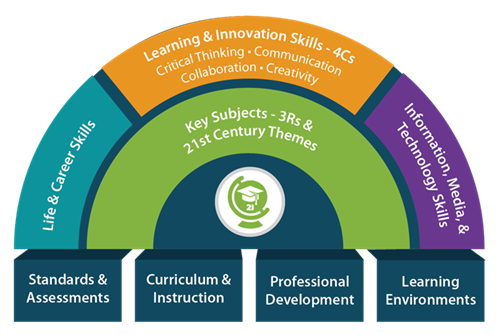
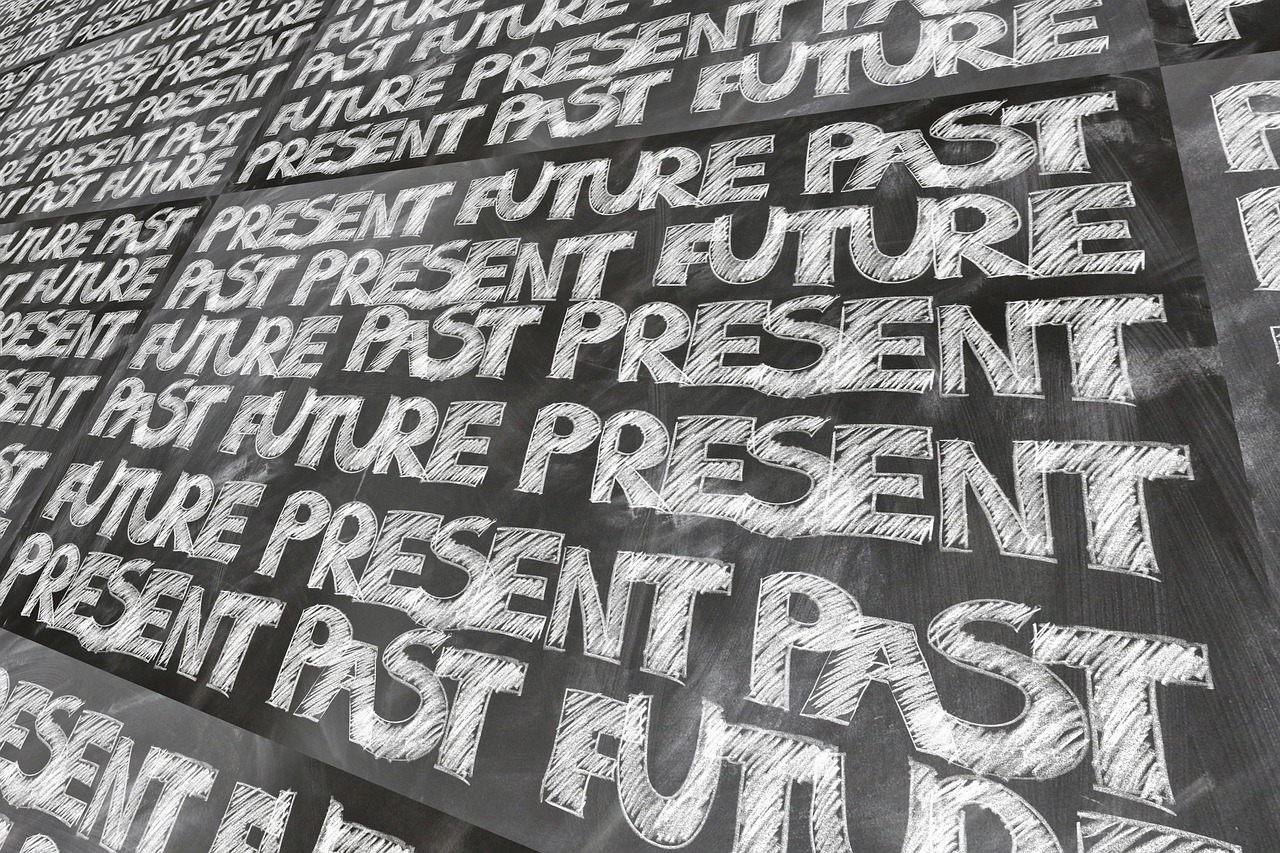 Image by
Image by 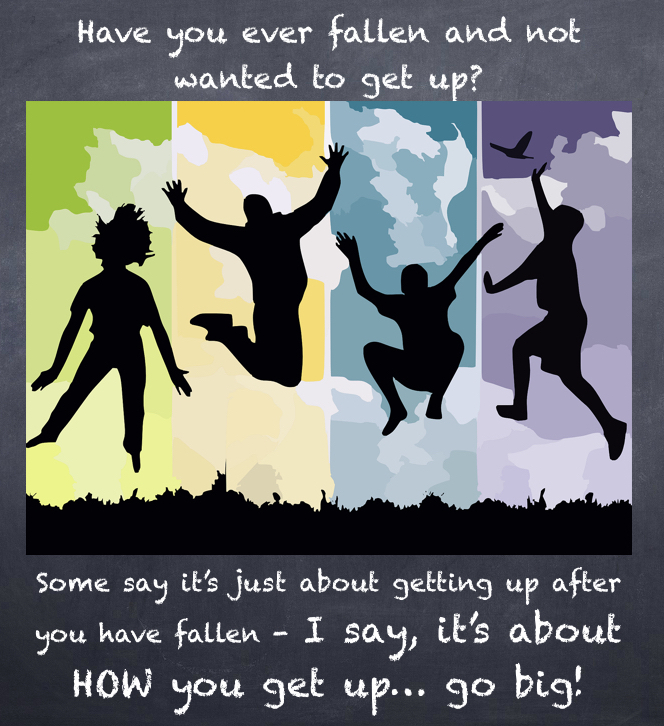

 Typically, I don’t write a lot over the summer. I love trying to ‘catch up’ with all the reading I have wanted to do. That said, when I read this
Typically, I don’t write a lot over the summer. I love trying to ‘catch up’ with all the reading I have wanted to do. That said, when I read this 
